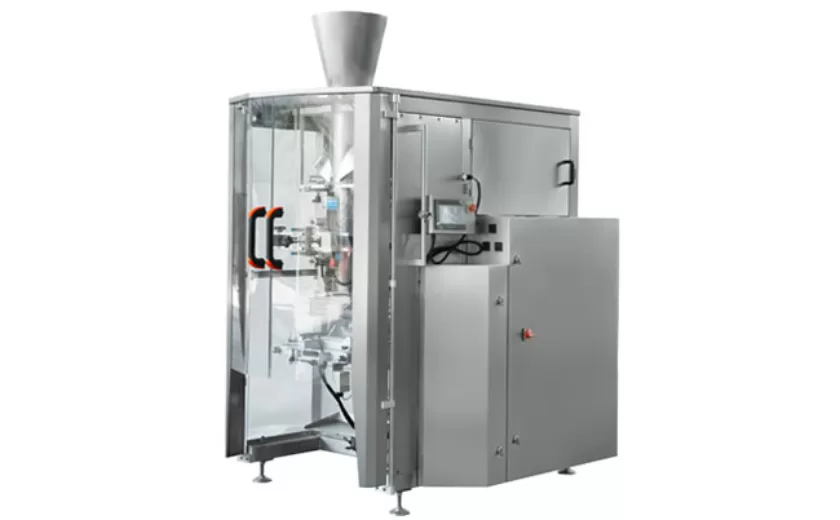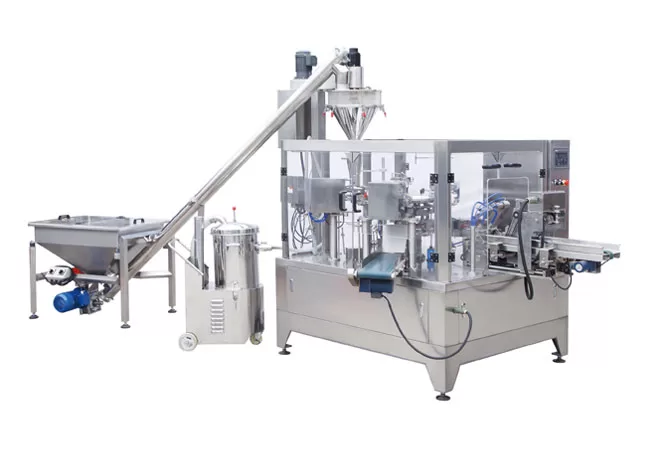The Science Behind Multi-Head Weigher Machine Operation
Introduction
Multi-head weigher machines are widely used in the food processing and packaging industries for accurately weighing and dispensing bulk solids, granules, and other products. Understanding the scientific principles underlying their operation is crucial for optimizing performance and ensuring efficient production. This article explores the intricate science behind multi-head weigher machine operation, unraveling the key aspects involved.
Gravitational Force and Weight Measurement
The operation of a multi-head weigher machine hinges on the fundamental principle of gravitational force. Each weighing hopper, suspended on a load cell, can measure the weight of the product it holds. By precisely controlling the amount of product dispensed into each hopper, the machine can achieve accurate weighing results.
Digital Signal Processing and Data Analysis
A multi-head weigher machine employs sophisticated digital signal processing algorithms to analyze the weight data captured by the load cells. These algorithms filter out noise and fluctuations, allowing the machine to determine the precise weight of each product sample. The data is then processed to calculate the overall target weight and distribute the product accordingly.
Hopper Management and Product Distribution
The multi-head weigher machine utilizes a sophisticated hopper management system to distribute the product evenly across the various hoppers. Each hopper is assigned a target weight, and the machine adjusts the feeding rate to meet this target. This ensures that the overall weighing accuracy is maintained, even when dealing with products with varying densities and flow characteristics.
Vibration Control and Product Settling
Vibration plays a crucial role in the operation of a multi-head weigher machine. Controlled vibrations help settle the product within the hoppers, ensuring accurate weight measurements. However, excessive vibration can compromise accuracy, so the machine employs advanced vibration control systems to minimize its impact.
Calibration and Verification
Regular calibration and verification are essential to ensure the accuracy and reliability of a multi-head weigher machine. Calibration involves adjusting the load cells to measure the weight accurately, while verification involves checking the machine’s performance against known weights to ensure it meets specifications.
Real-Time Monitoring and Control
Multi-head weigher machines are equipped with advanced monitoring systems that provide real-time data on machine performance. This allows operators to identify any potential issues, such as product over- or underfilling, and take corrective actions promptly. Additionally, the machine can be programmed with control algorithms to optimize its operation based on product characteristics and packaging requirements.
Understanding the science behind multi-head weigher machine operation is essential for maximizing its effectiveness. From gravitational force and weight measurement to hopper management and product distribution, each aspect plays a critical role in achieving accurate and consistent weighing results. Regular calibration, verification, and real-time monitoring ensure the machine operates at its optimal level, improving productivity and minimizing product waste in the food processing and packaging industries.
-

Streamline Your Packaging with a Flow Wrap Packing Machine
21-05-2025 -

Flow Wrapper Solutions for Efficient and Consistent Packaging
21-05-2025 -

Efficient Packaging Solutions with Vertical Form Fill Seal Machines
21-05-2025 -

Enhancing Packaging Precision with Automatic Granule Packing Machines
16-05-2025 -

Optimizing Efficiency with VFFS Packaging Equipment in Modern Production Lines
16-05-2025 -

Reliable Weighing and Packaging Solutions for Modern Manufacturing
16-05-2025 -

Advanced Weight and Packing Solutions for Modern Manufacturing
10-05-2025 -

Precision Meets Efficiency: Modern Solutions in Weighing and Packing Machinery
10-05-2025 -

Efficient and Accurate: Exploring Modern Weighing and Filling Machine Solutions
10-05-2025 -

Finding the Right Auger Filling Solution: Semi-Auto vs. Automatic Machines
04-05-2025





